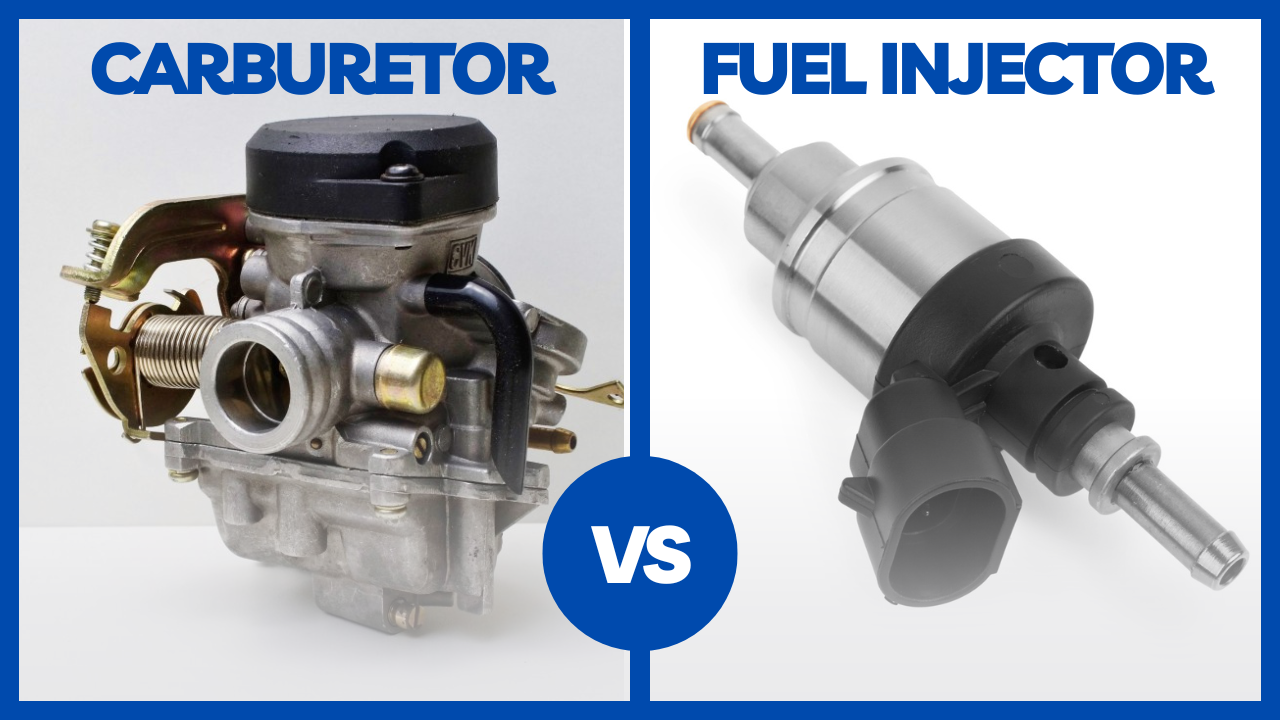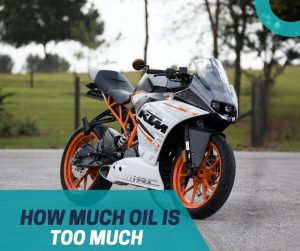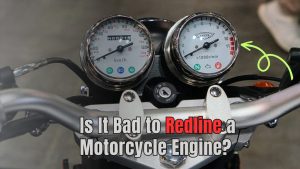KEY POINTS
- Carburetors are simple devices that mix fuel and air, while fuel injection systems use a computer to control the mixture directly into the engine.
- Carburetors are generally lighter and less expensive but less efficient and unable to adjust the fuel ratio to suit current engine conditions.
- Fuel injection systems are more efficient, offer more accurate air/fuel ratio control, and are generally more reliable than carburetors.
- Choosing between a motorcycle carburetor vs fuel injection system depends on personal preference, budget, and desired performance.
Some riders may argue that carburetors are the OGs of the motorcycle world, while others insist that fuel injection is the only way to ride in the 21st century. But what’s the real difference between these two systems? And which one reigns supreme?
Sure, both carburetors and fuel injection systems work to mix air and fuel in the perfect ratio for optimal combustion, but that’s where the similarities end.
While carburetors have been around since the dawn of motorcycles, fuel injection only started appearing on street bikes in the 80s and has since become the preferred choice for many riders.
But don’t count carburetors out yet—some riders swear by their serviceability and tune-ability. So, whether you’re a carburetor crusader or a fuel injection fanatic, let’s dive deep into the pros and cons of each system and settle this debate once and for all.
Brief Overview of Carburetors and Fuel Injection Systems
Before giving a verdict, we will briefly overview the carburetor and fuel injection systems. Learn how they work and their pros and cons.
Motorcycle Carburetor System
A carburetor takes fuel and air, mixes them in the right proportions, and delivers them to the combustion chamber, so your engine can go vroom vroom.
So, how does it work? Well, imagine your carburetor is a busy nightclub (stay with me here). Air enters through the back door, and as more air comes in, it creates a vacuum effect. This sucks in fuel into the engine through a series of jets and channels, which vaporizes the gas and mixes it with the air. Think of it like the bartender making you a cocktail—except for a Mai Tai, it’s a highly combustible mixture.
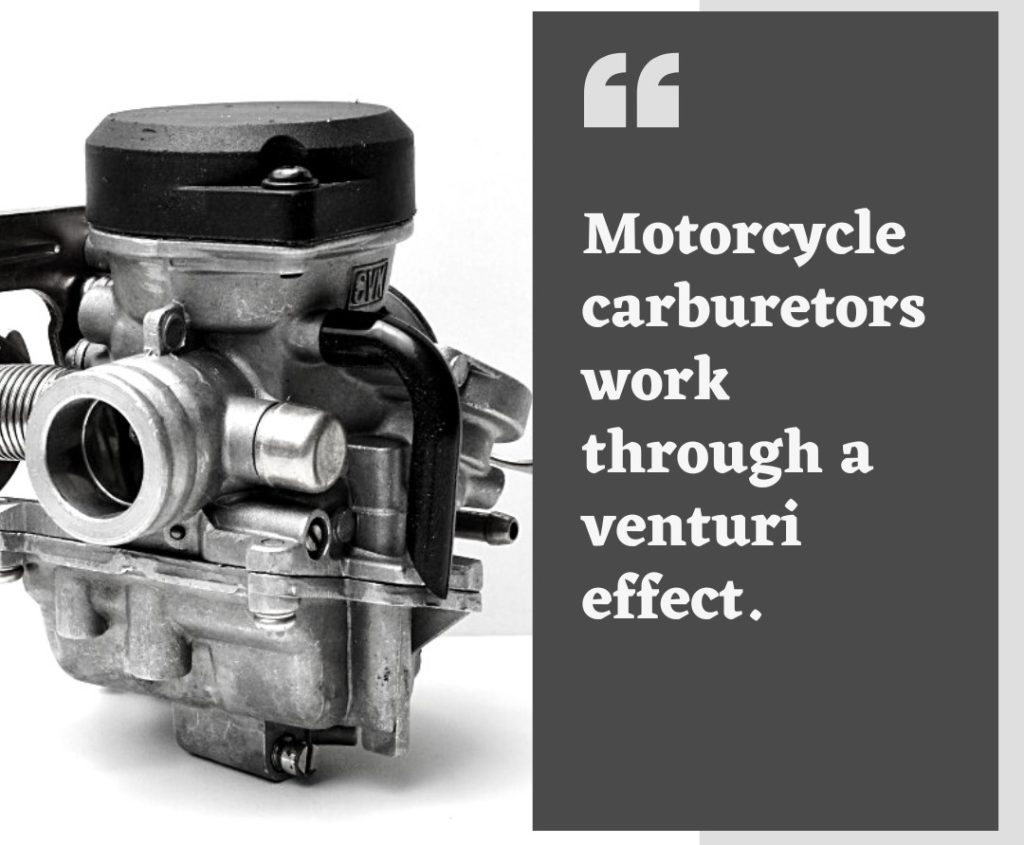
You might wonder, “But how does my carburetor know how much fuel and air to mix?” Good question, my friend. That’s where things get interesting.
Carburetors have different chambers and openings that come into play depending on how much throttle you use. When idling, the carburetor mainly uses the pilot jet and air screw to deliver just enough fuel to keep the engine running. But when you twist that throttle, the system kicks into high gear and opens up the main jet to deliver a bigger fuel/air mixture.
You May Like: Say Goodbye to Carburetor Gunk with Carb Cleaners for Motorcycles
Advantages
Simplicity. Carburetors are pretty straightforward devices that don’t require fancy electronics or complex sensors. This makes them easy to understand and work on, even for those who aren’t mechanics.
Weight savings. They tend to be lighter than fuel injection systems, which can make a difference in the weight and handling of your bike.
No fuel pump. Since carbureted motorcycles don’t need a fuel pump, there’s one less component to worry about—a win for simplicity and potentially even weight savings.
Less expensive. Carburetors are generally less costly for manufacturers than fuel injection systems, which translates to lower consumer prices.
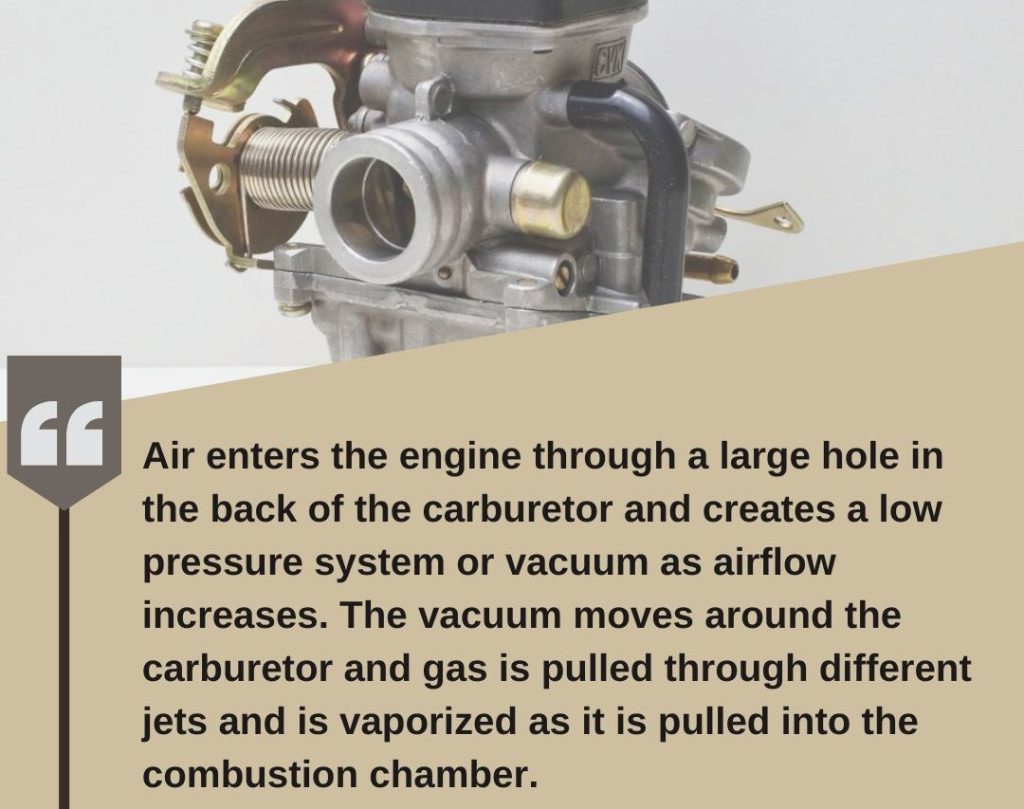
Disadvantages
No fuel ratio adjustment. The system can’t adjust the fuel ratio to suit the current conditions of the engine. It may not perform as well as a fuel injection system in certain situations, like high altitude or hot temperatures.
Less efficient. Carbureted motorcycles generally tend to be less efficient than those with fuel injection systems. It’s like the difference between a sports car and a station wagon. Sure, both will get you from point A to point B, but one is designed for performance and the other for practicality.
Motorcycle Fuel Injection System
These systems are like the high-tech, well-groomed cousin of the carburetor. They’re efficient and precise and come with a computer controlling everything. Let’s dive in and see how they work, shall we?
In a fuel injection system, the computer plays the role of the boss, telling the fuel injectors exactly when and how much fuel to spray into the engine. No more guesswork or fiddling with the carburetor to get the correct fuel-to-air ratio—the computer will handle it.
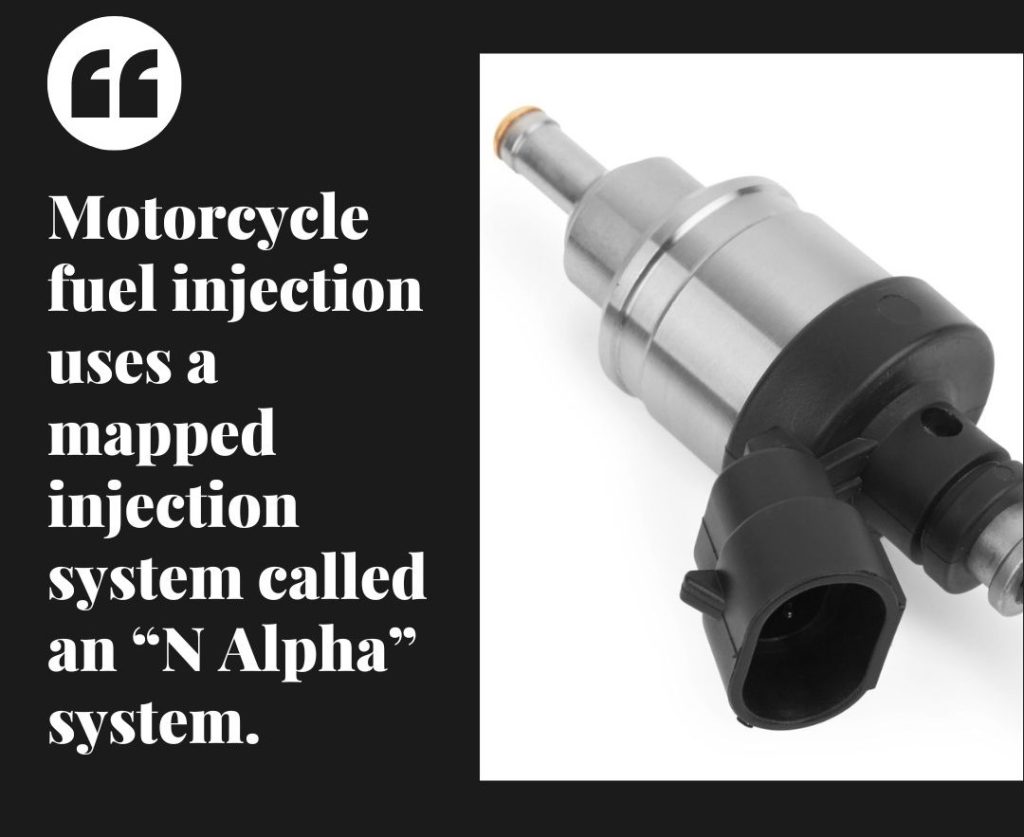
The fuel is sprayed directly into the combustion chamber, which means better fuel efficiency. It’s like having a fuel-saving ninja on your side. For this reason, fuel injection systems are much more efficient than carburetors, making the most out of every drop of fuel you put in your tank.
You May Like: How Much Engine Oil Is Too Much for a Motorcycle
Advantages
More efficient. Electronic fuel injection systems are known for being more efficient than carburetors because they can adjust the fuel ratio to suit the engine’s current conditions.
Accurate control of air and fuel mixture. They also allow for more precise air/fuel ratio control, which can result in cleaner emissions.
More reliable. With fewer moving parts and less mechanical complexity, fuel injection systems tend to have fewer issues and require less maintenance.
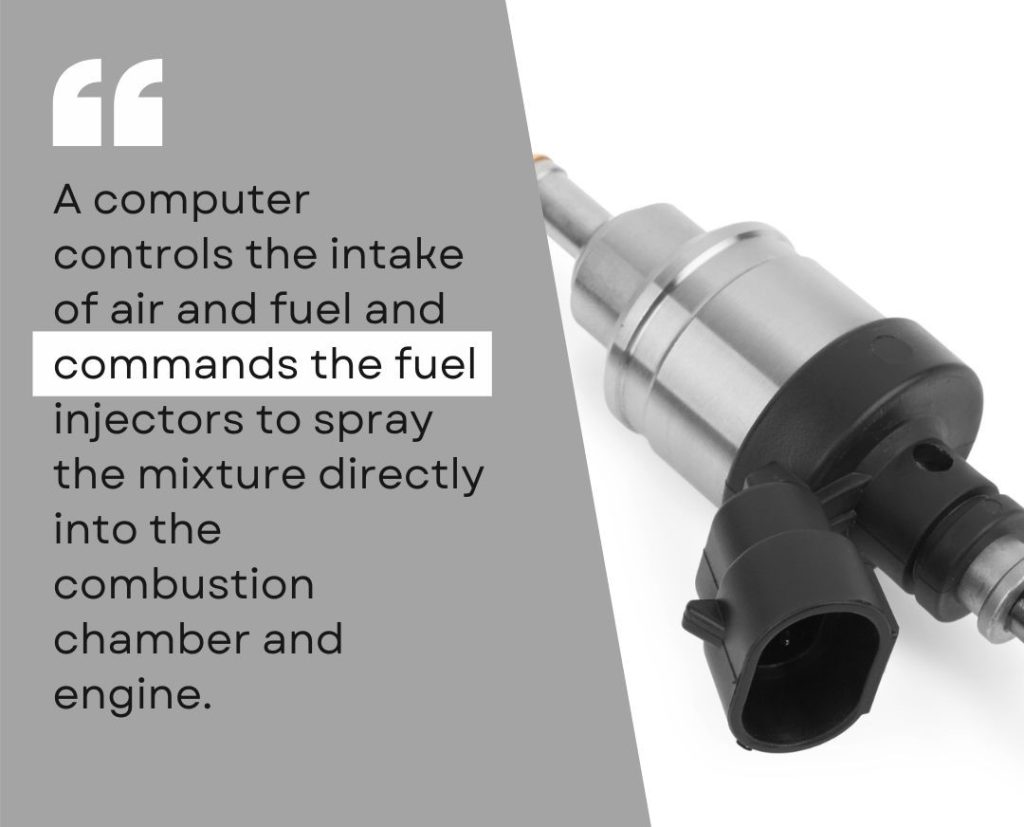
Disadvantages
Complexity. They can be more complex than carburetors. More complexity can mean more potential issues; if something goes wrong, it can be harder to fix.
Motorcycle Carburetor vs Fuel Injection Systems
Carburetors are relatively simple devices that mix fuel and air in the proper ratio inside an internal combustion engine. They’ve been around for a long time and have been the standard fuel delivery system in motorcycles for decades. They are easy to understand and work on, making them a favorite of DIY mechanics.
Fuel injection systems are the new kids on the block regarding motorcycle fuel delivery systems. These systems are more complex than carburetors but have several advantages, making them a popular choice for modern motorcycles.
So, which is better between carburetors and fuel injectors?
Well, it depends on your personal preferences and the type of bike you have. If you’re a fan of vintage bikes and love tinkering with your motorcycle, carburetors might be the way to go.
On the other hand, if you’re looking for a modern, high-performance motorcycle with cleaner emissions, then a fuel injection is a better choice.
Check the video if you are more comfortable with watching than reading:
Conclusion
So, there you have it, folks, the battle of the carburetor vs. fuel injection systems in motorcycles! Each system has its own advantages and disadvantages, and ultimately, it’s up to you to decide which is the best fit for your bike.
A carburetor might be the way to go if you’re all about simplicity, weight savings, and affordability. But if you want more precise control over your bike’s fuel consumption, cleaner emissions, and improved reliability, then a fuel injection system might be the better option.

